NASA’s first mission to explore the Trojan asteroids is one step closer to launch. The Discovery Program’s Lucy mission passed a critical milestone and is officially authorized to transition to its next phase.
This major decision was made after a series of independent reviews of the status of the spacecraft, instruments, schedule, and budget. The milestone, known as Key Decision Point-D (KDP-D), represents the official transition from the mission’s development stage to delivery of components, testing, assembly, and integration leading to launch. During this part of the mission’s life cycle, known as Phase D, the spacecraft bus (the structure that will carry the science instruments) is completed, the instruments are integrated into the spacecraft and tested, and the spacecraft is shipped to NASA’s Kennedy Space Center in Florida for integration with the launch vehicle.
“Each phase of the mission is more exciting than the last,” says Lucy Principal Investigator Hal Levison of Southwest Research Institute in Boulder, CO. “While, of course, Lucy still has several years and a few billion miles to go before we reach our real goal – exploring the never-before-seen Trojan asteroids – seeing this spacecraft come together is just incredible.”
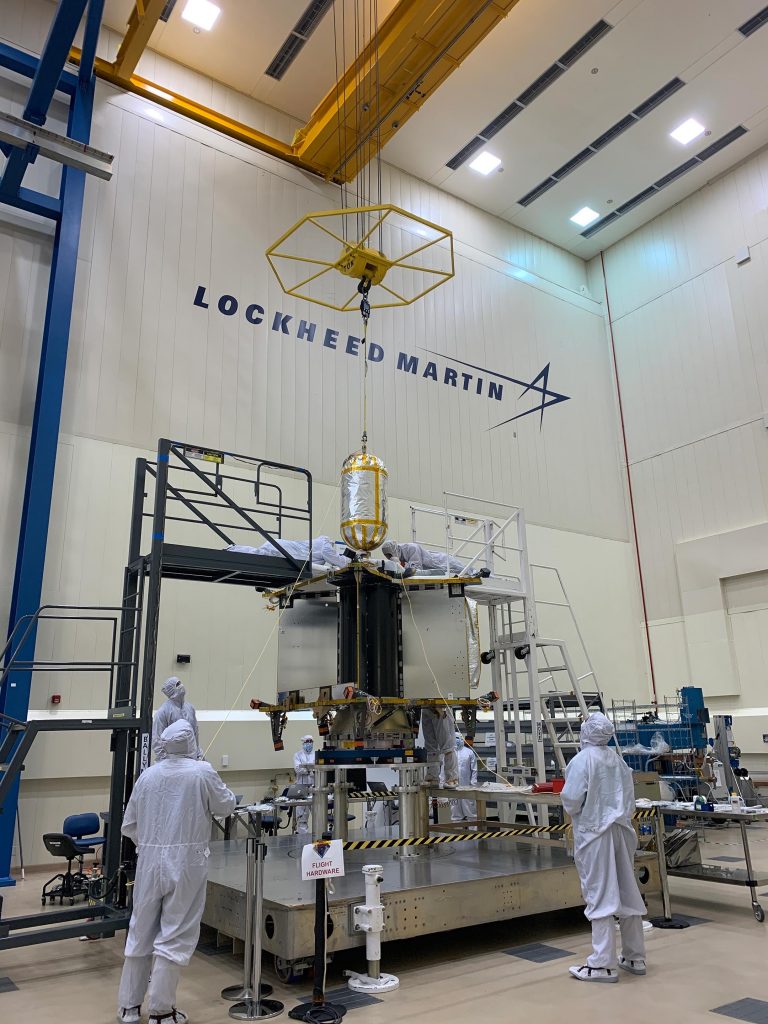
Engineers install Lucy’s oxygen propellant tank into the spacecraft structure in a high-bay clean room at Lockheed Martin. Credit: Lockheed Martin Space
Assembly, Testing and Launch Operations (ATLO) began on schedule last week at Lockheed Martin Space in Littleton, Colorado, despite many unforeseen challenges related to the coronavirus pandemic. The schedule was revised to allow for later integration of components that were delayed due to COVID-19 restrictions.
“This team has been truly incredible,” says Lucy Project Manager Donya Douglas-Bradshaw, from NASA’s Goddard Space Flight Center in Greenbelt, Maryland. “Building a spacecraft is never easy, but seeing the team persevere through all of the challenges that they have encountered is inspiring. We now have a spacecraft structure in the Lockheed Martin high bay and a team ready to install the instruments and components.”
The oxidizer tank has already been integrated with the spacecraft, and the instrument integration starts in October. All spacecraft assembly and testing will be completed by the end of July 2021, when the spacecraft will be shipped to Kennedy Space Center in Cape Canaveral, Florida in preparation for the launch window opening on October 16, 2021. After launch, Lucy will have a long cruise phase before it arrives at its first target. Lucy is flying out to the distance of Jupiter to make close fly-bys past a record-breaking number of asteroids, encountering the first of eight targets in April 2025 and the final binary pair of asteroids in March 2033.
The next major milestone is the Mission Operation Review, scheduled in October 2020, which assesses the project’s operational readiness and its progress towards launch.
Southwest Research Institute in Boulder, Colorado, is the principal investigator institution for Lucy. NASA Goddard Space Flight Center in Greenbelt, Maryland provides overall mission management, systems engineering, and safety and mission assurance. Lockheed Martin Space near Denver is building the spacecraft and will perform spacecraft flight operations. Instruments will be provided by Goddard, the Johns Hopkins Applied Physics Laboratory in Laurel, Maryland, and Arizona State University.

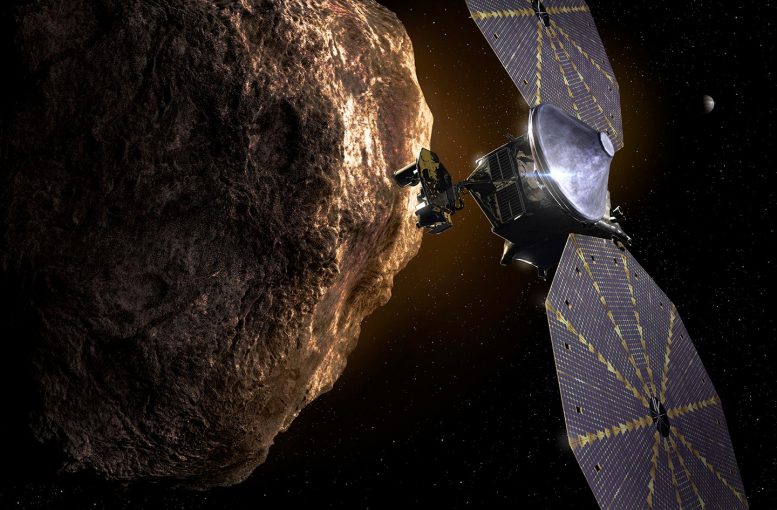
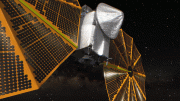
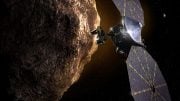
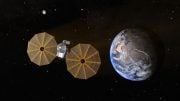
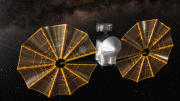
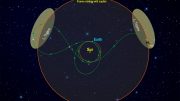
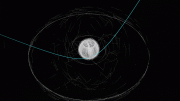
Be the first to comment on "NASA’s First Mission to Explore the Trojan Asteroids Passes Critical Milestone"